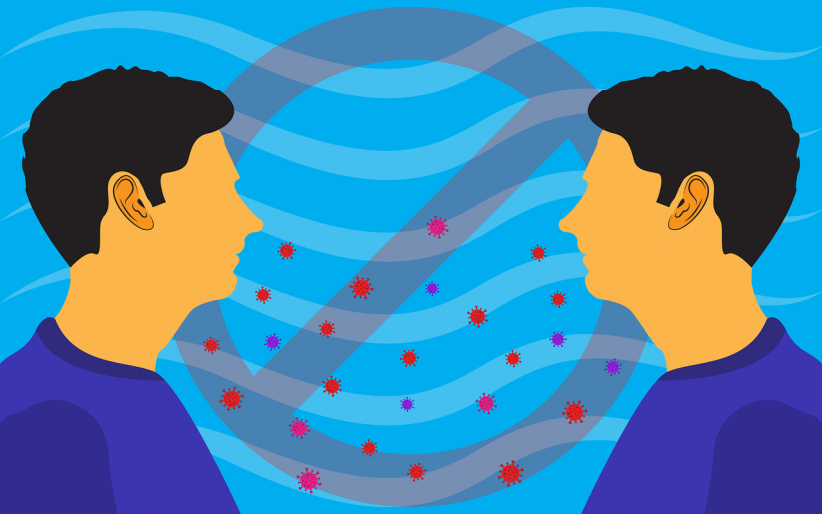It’s common knowledge that buildings and indoor spaces can aid the spread of infectious airborne diseases, and COVID-19 has only highlighted that risk over the last two years. As such, controlling indoor air quality and air purification is vital to health and safety in any facility.
Dr. Gavin Macgregor-Skinner, senior director of the Global Biorisk Advisory Council (GBAC), a division of ISSA, writes that asking the right questions and knowing the right terms is vital.
For example, the ventilation rate is the volume of outside air provided per unit of time, whereas the air change rate is the rate at which outdoor air replaces indoor air, calculated by dividing the ventilation rate of a space by the volume of that space.
These minimum rates vary, often dramatically, depending on the type of activity occurring in the room, as does the “breathing zone”, defined by ASHRAE as the area within an occupied space between three and six feet above the floor and more than two feet from walls or fixed air-conditioning equipment.
ANSI/ASHRAE Standards 62.1 and 62.2 outline the best practices for ventilation system design and acceptable indoor air quality. The latter standard recommends that homes should receive 0.35 air changes per hour but not less than 15 cubic feet of air per minute per person in order to minimize health risks. In contrast, for a 1,000-square-foot classroom designed for 35 people, ASHRAE recommends a ventilation rate of 500 cfm of outside air. This means there are 13 cubic feet per minute per person, so if the ceiling height in the classroom is 10 feet, the room needs three total outside air changes per hour.
Reduced occupancy, reduced risk
One way to reduce the risk of transmission is to reduce the number of people in a room, which not only reduces contacts and increases social distancing but ensures more outside air is provided per person, contributing to better overall indoor air quality. For example, using the classroom example, cutting the number of people from 35 to 17 would mean the ventilation rate provides twice as much outside air per person.
Increasing ventilation with outside air has been proven to reduce the transmission of airborne diseases by lowering the concentration of infectious particles in the air, writes Macgregor-Skinner.
If facility managers seek to increase the air change rates, there will be an investment required, as that process means moving more air and heating or cooling a larger volume of air. These added costs could be limited by using energy-efficient systems and “smart” systems that deliver air when the space is occupied, notes Macgregor-Skinner, aided by natural ventilation through windows.
An important strategy
Along with other measures such as air filtration and UVGI, increasing air changes per hour is an important and valuable infection control strategy that can be utilized to help reduce risk within an indoor space from infectious diseases. Macgregor-Skinner notes that higher ventilation is often overlooked as part of a risk-reduction strategy.
A recent report found that homeowners and builders often lack awareness of indoor air quality health risks. The more you know, the more power you have to improve your building.









